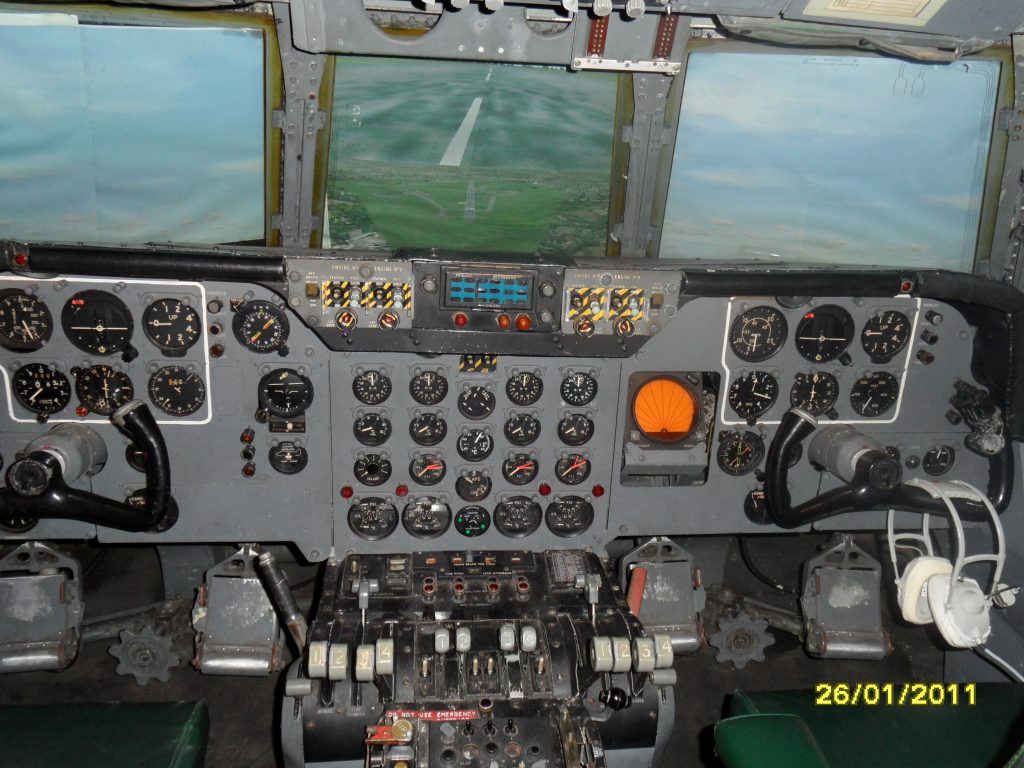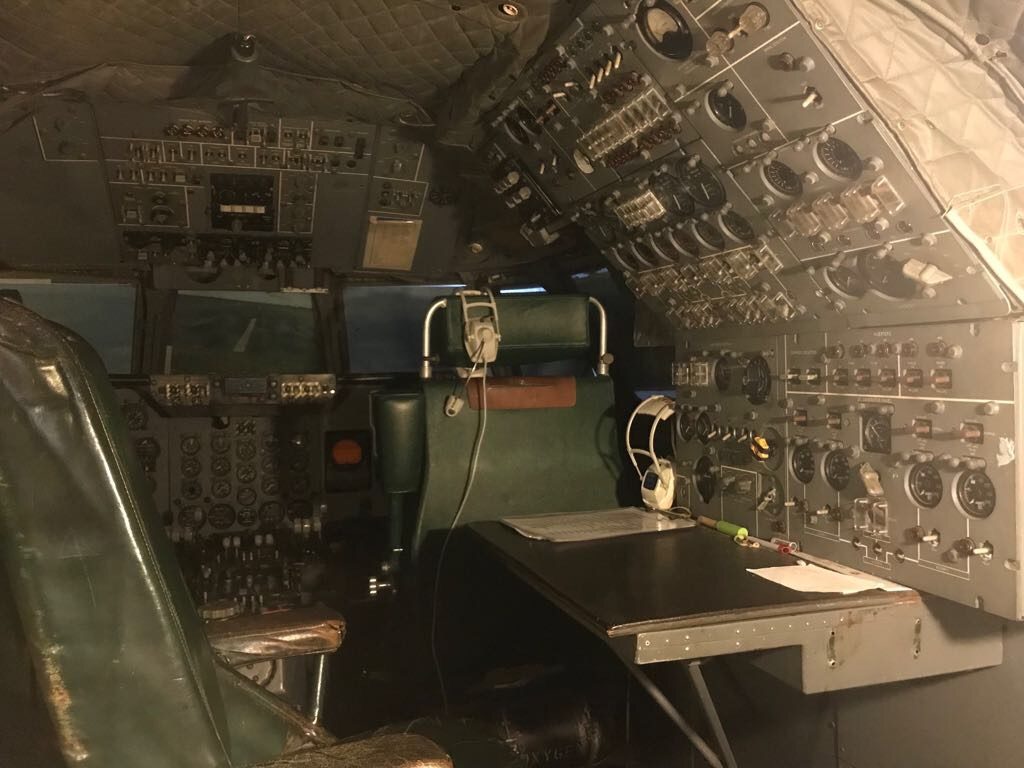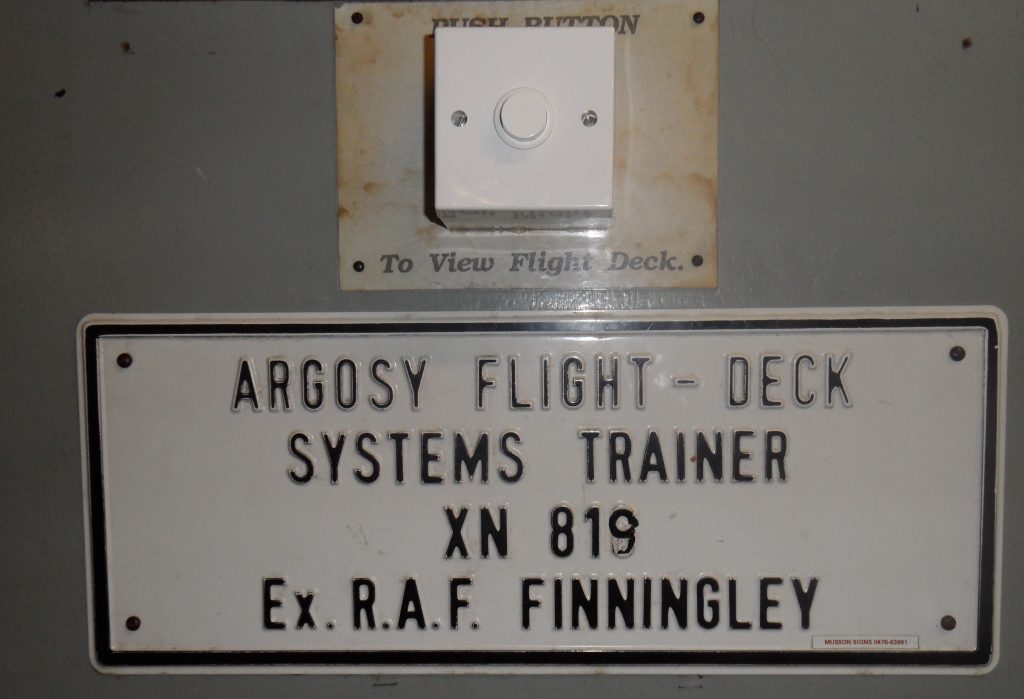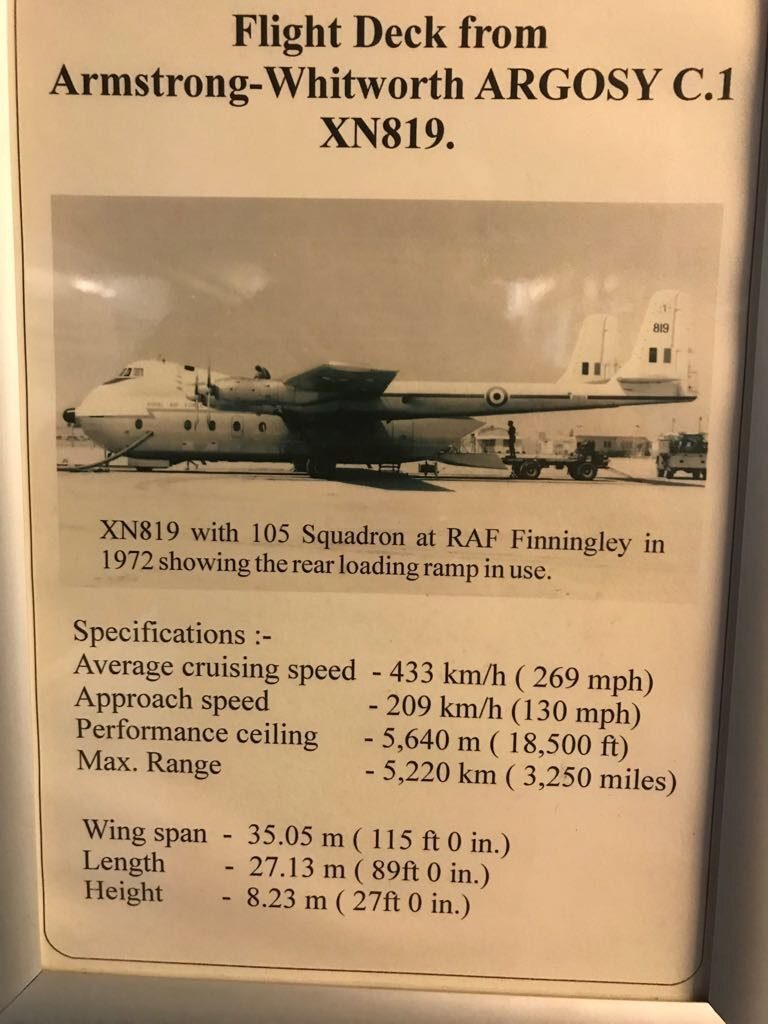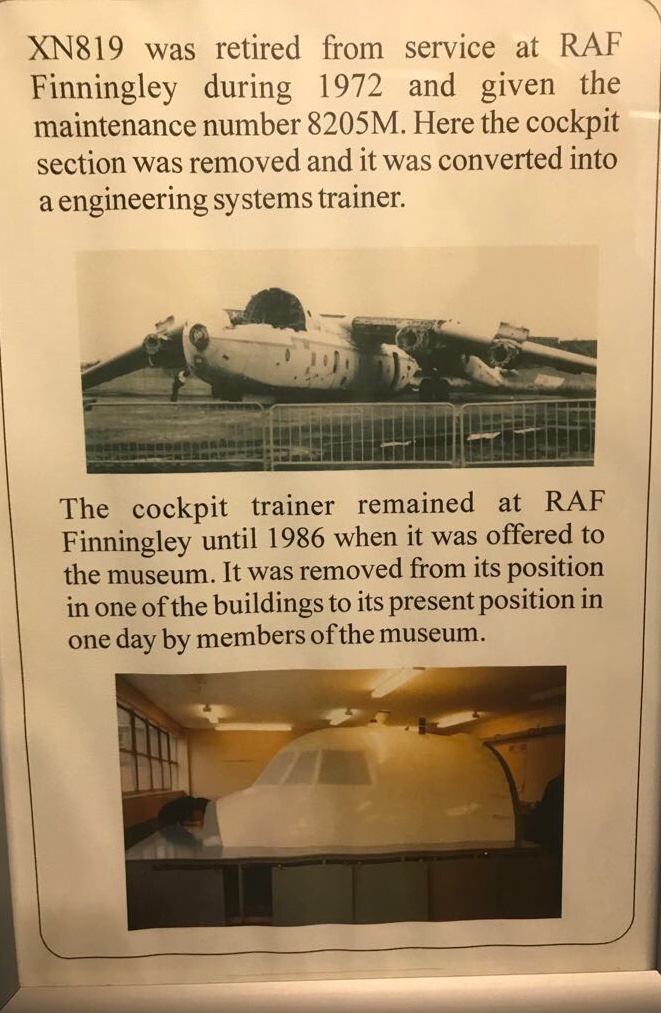Text extracted from “The Continuing Tale of the Air Engineer” by Sqn Ldr B R Waters originally published in “Air Engineer 1992”. Documents held by Al Chisolm, First photo via Mike Hines and remaining photos taken at Newark Air Museum.
When the Air Engineer Squadron inherited the venerable Argosy simulator at RAF Benson it had already achieved its service life expectancy. An engineering survey, however, indicated that with careful use a further 5 to 10 years and some 5000 operating hours might be squeezed out of it. The planned student intake was 4 every 16 weeks, a throughput that made the use of the simulator a reasonable prospect for a considerable time to come. What was not foreseen was the rapid expansion of civilian airlines that took place during the mid to late 1970s. The prospect of a lucrative second career encouraged a considerable numbers of serving air engineers to exercise their option to leave the Service. Suddenly, from a situation where the school was barely ticking over, the intake was increased to between 10 and 12 students every 8 weeks. At this pace the extended working life of the simulator was quickly going to run out. In 1978 a second blow was struck against the training facilities.
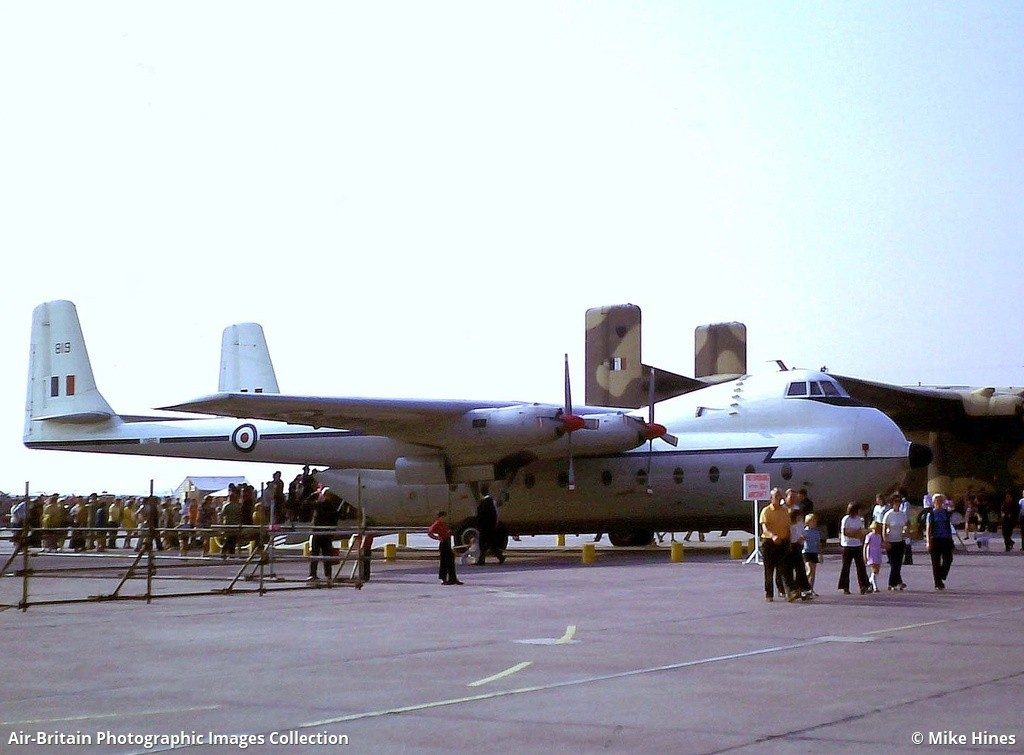
A redundant Argosy aircraft, maintained in a ground training role and used for pre-flight inspections and engine ground runs. was declared electrically unsafe by the ground. engineering authorities and condemned. Potentially, this action was going to throw an even greater load onto the Benson simulator. In the long term. the answer was to bid for a new simulator with complete training support facilities. The immediate problem. however. demanded novel and innovative thinking. Fortunately, at that time. there was one instructor in the school who had the vision and inventive expertise to conceive a bold and far-reaching solution. MEng Tony Bateson approached the then commanding officer. Sqn Ldr Denis Crowson, with the promise that if he could arrange for the flight deck wedge to be cut from the top of the scrap Argosy fuselage and moved into the school demonstration hall, he would construct a functional Argosy Flight Deck Trainer.
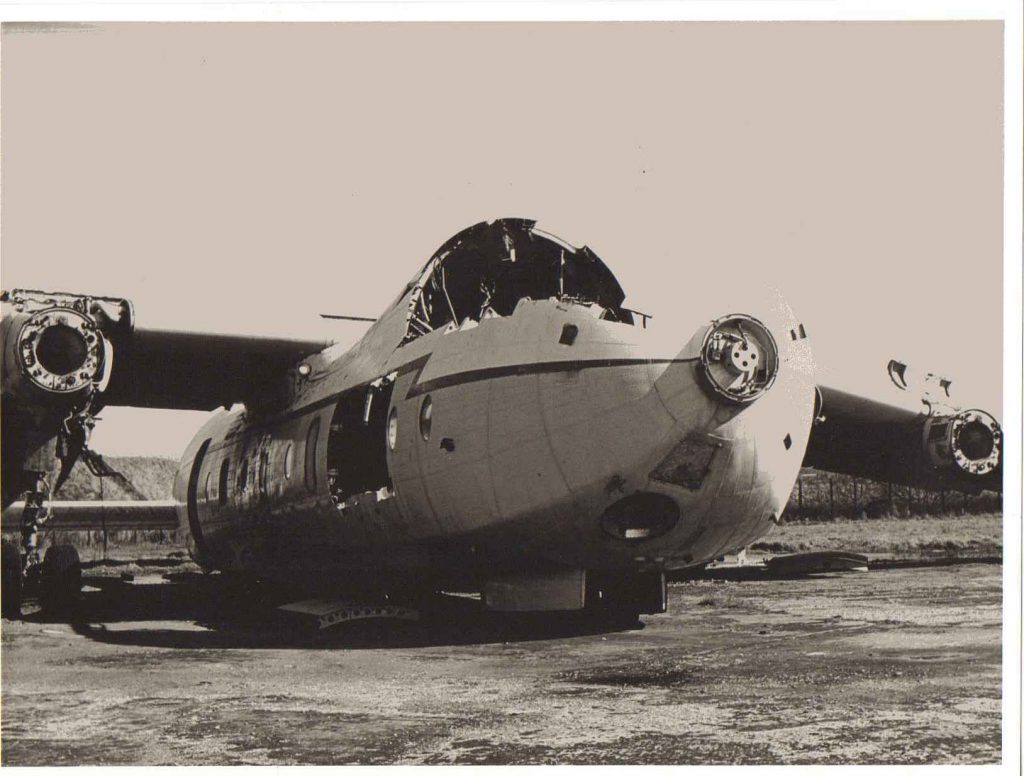
THE “BATESON SIM”
Understandably. this audaciously ambitious project was looked upon with some scepticism by authorities outside of the branch but, nevertheless, approval was given. The piece of scrap-yard junk was duly delivered to the school. Using analogue techniques. Tony Bateson modified instruments and designed circuits which, with the exception of the flight instrument system, brought the whole cockpit to life. including realistic engine noise. Aided by 2′ corporal electricians the project which had been estimated as a year’s work was completed in 9 months. The results were outstanding.
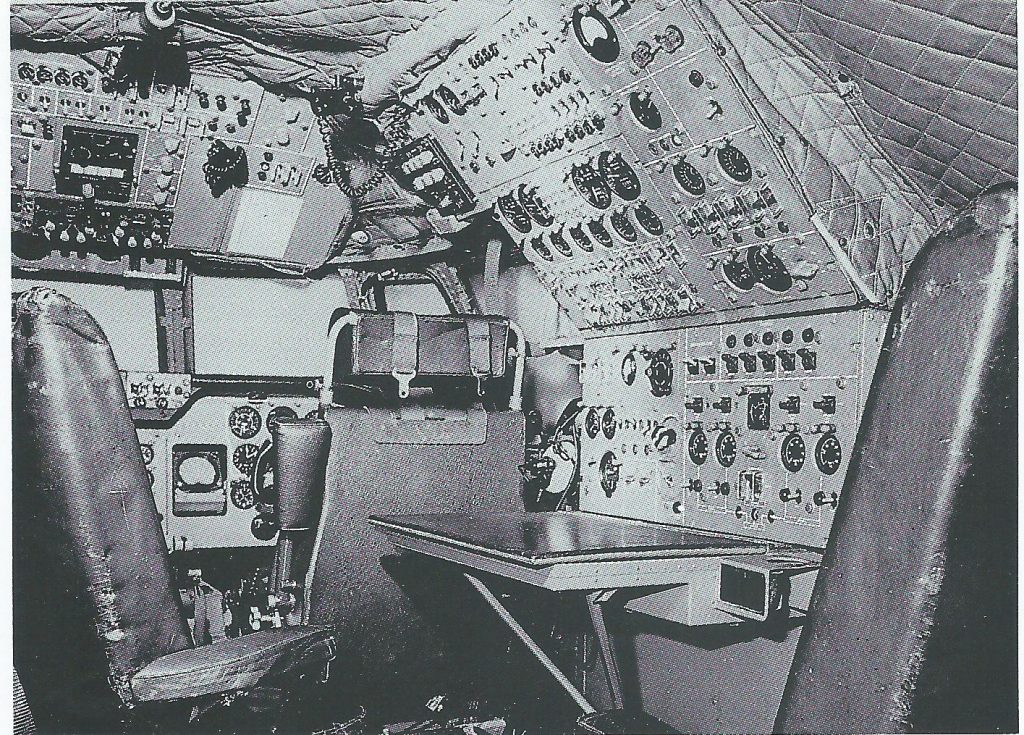
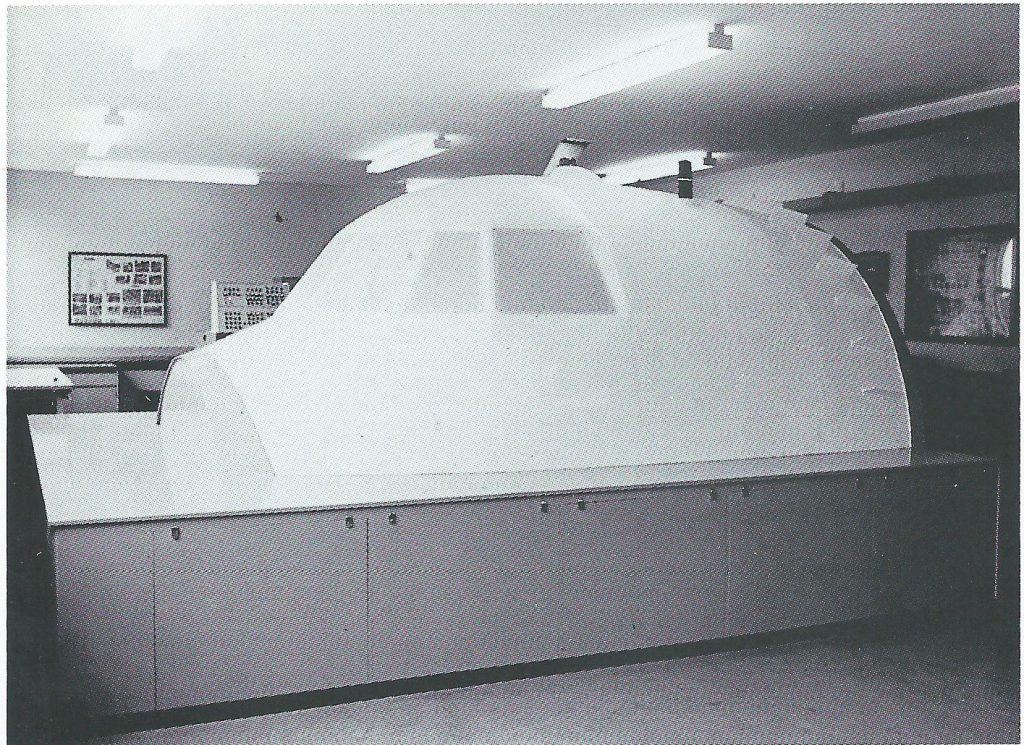
So faithfully did the Trainer reproduce the Argosy that. in addition to pre-flight checks and engine running procedures, it was possible to transfer the first 3 exercises from the Benson simulator to the new Finningley based trainer. By easing the critical work load it was possible to extend the working life of the Benson simulator until 1984, by which time it had been in use for 22 years and accumulated well over 65000 running hours.
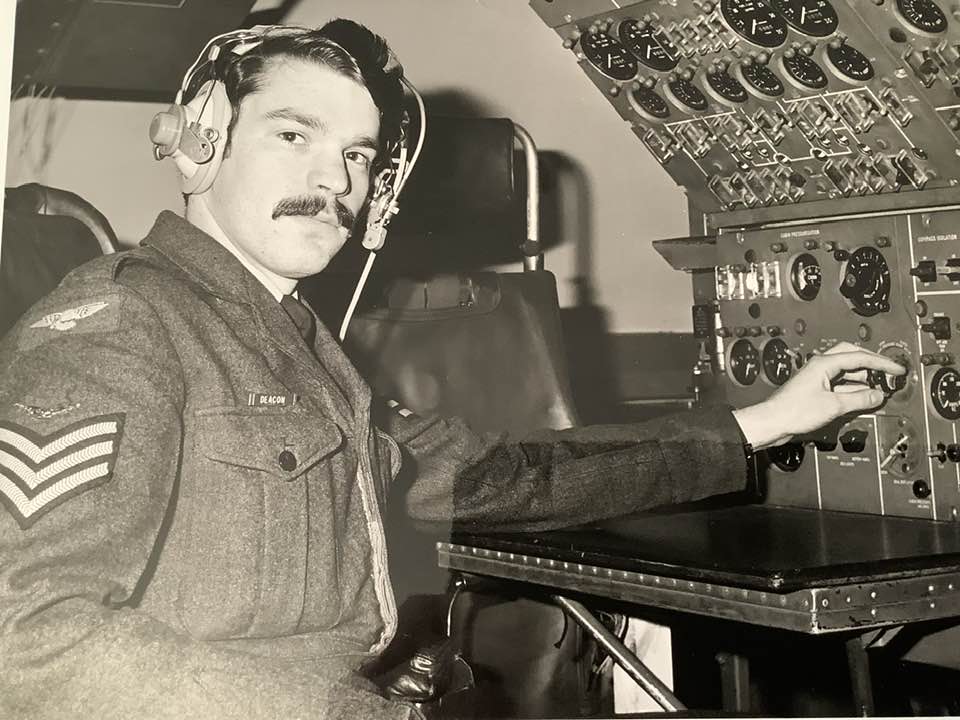
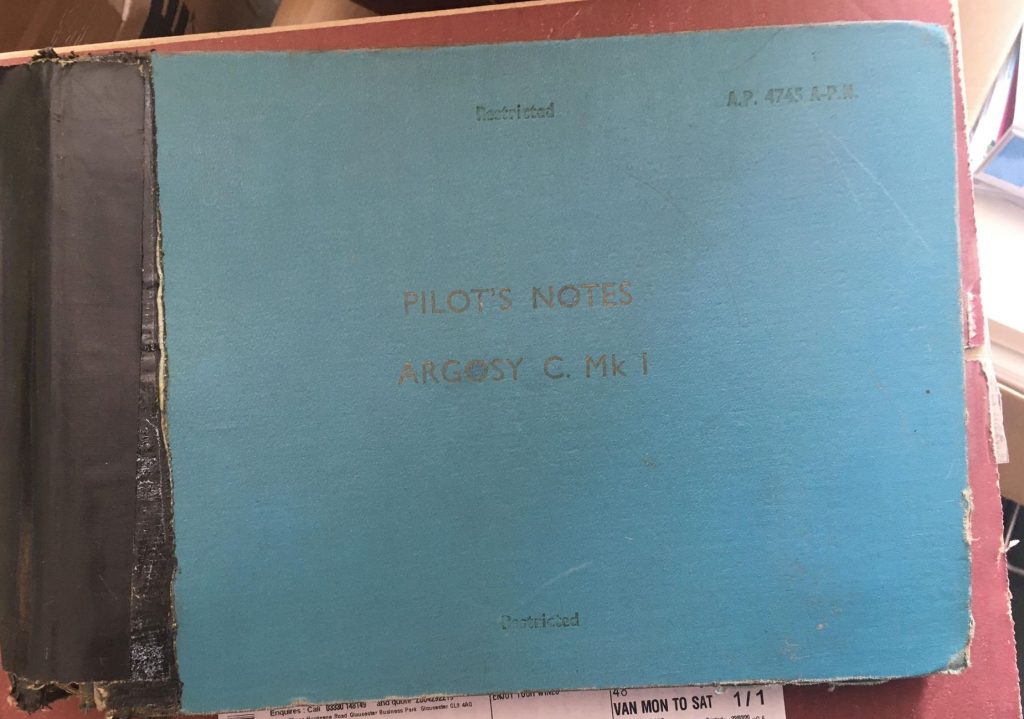
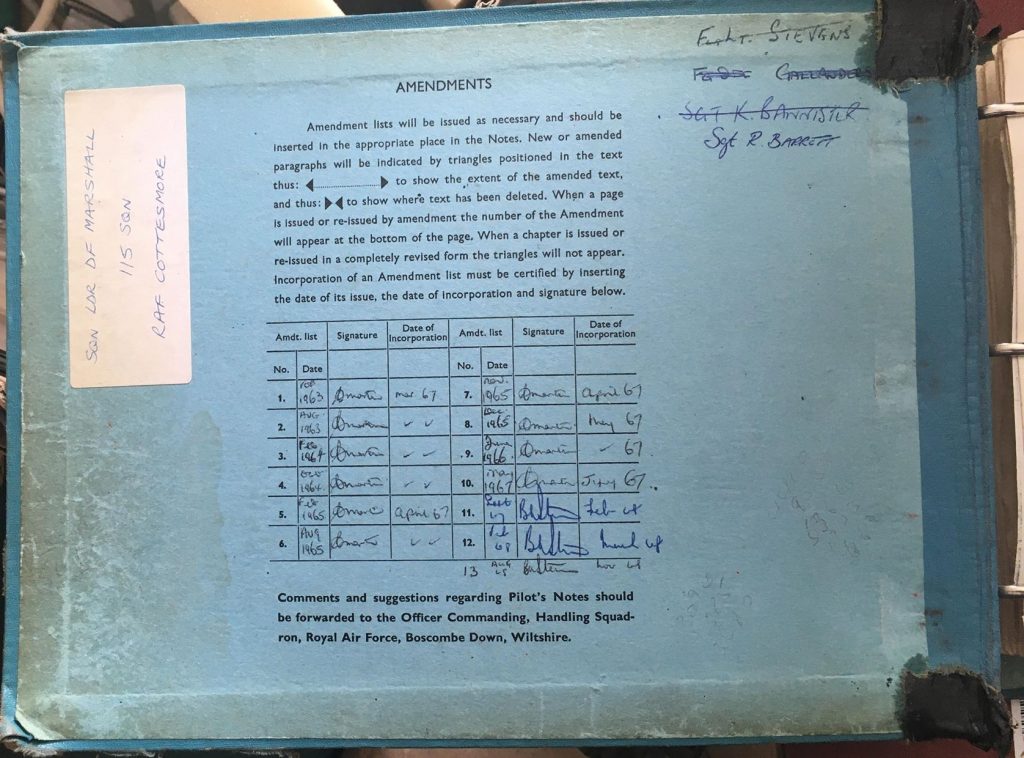
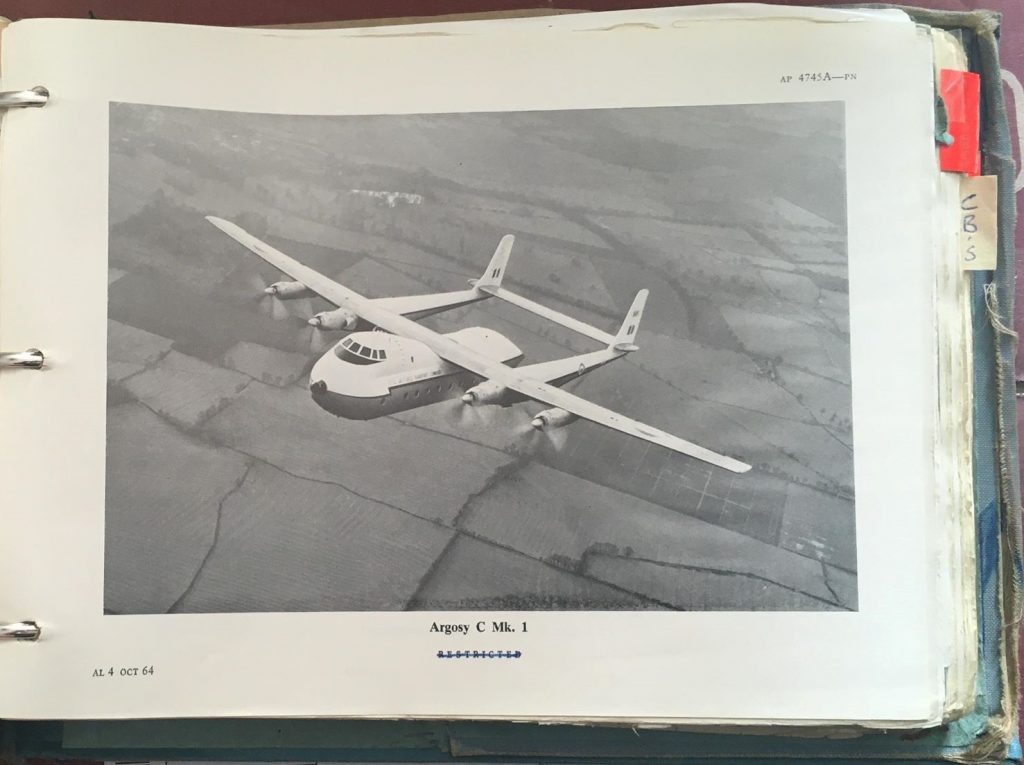
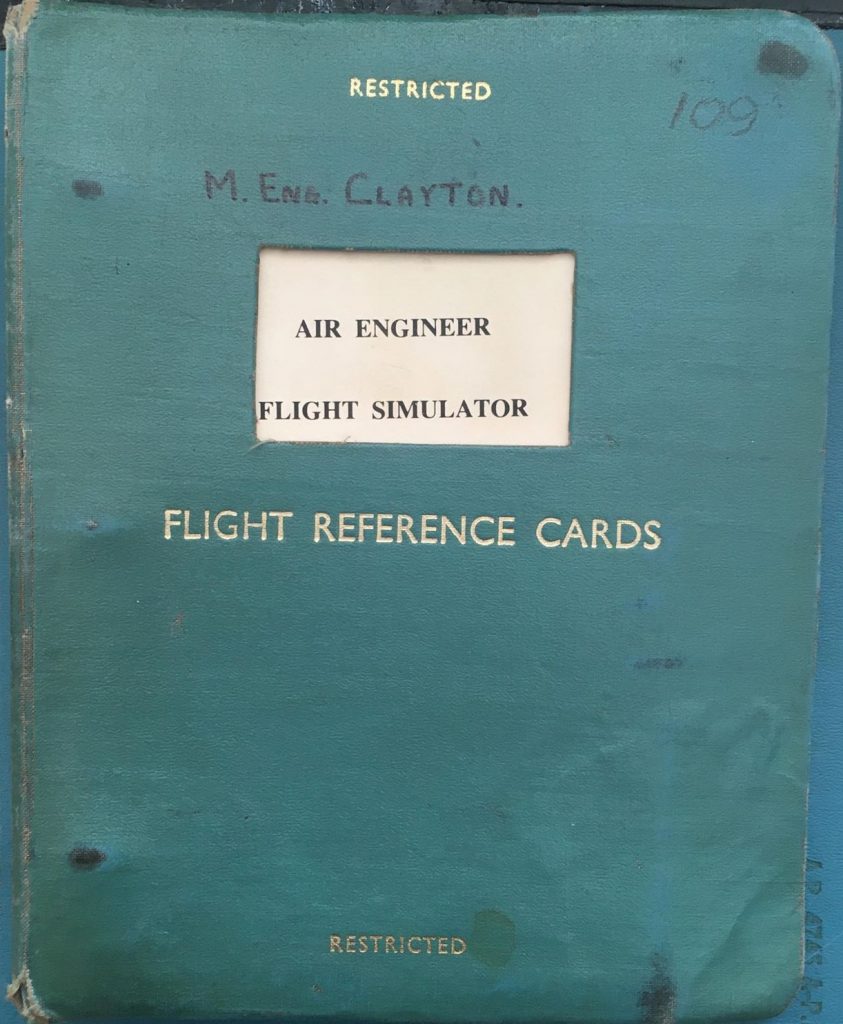
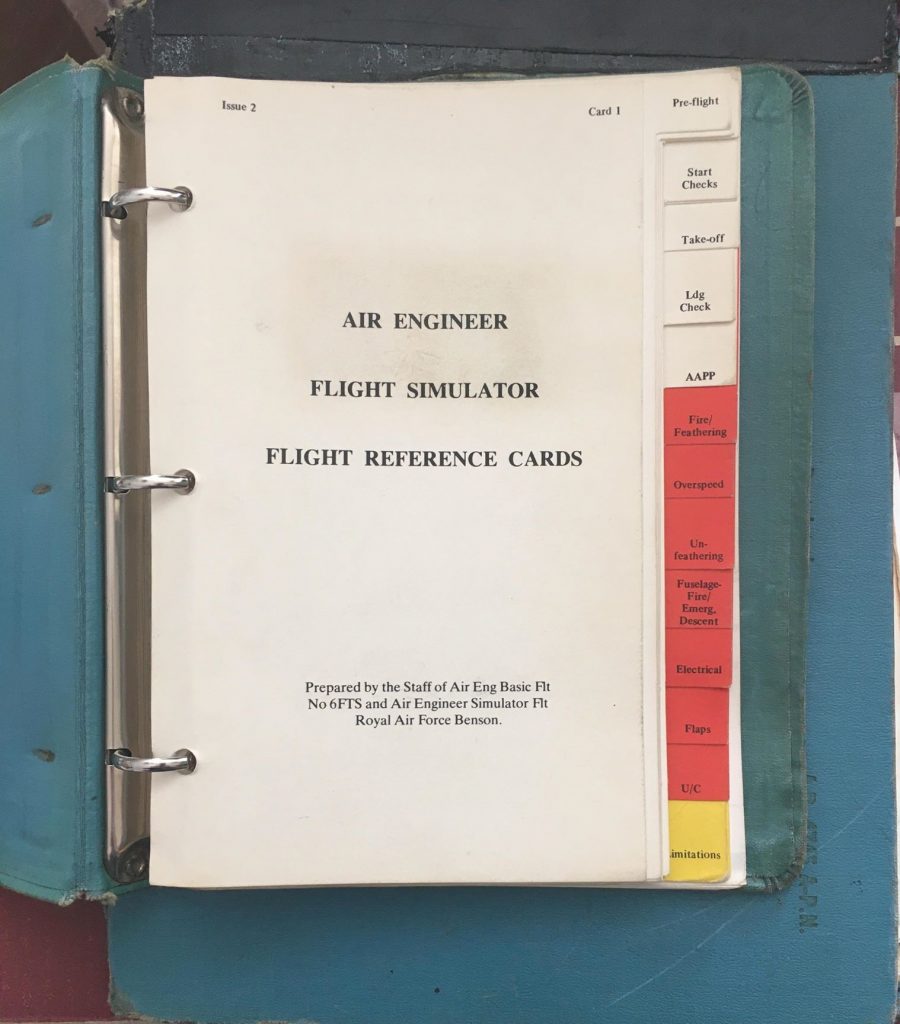
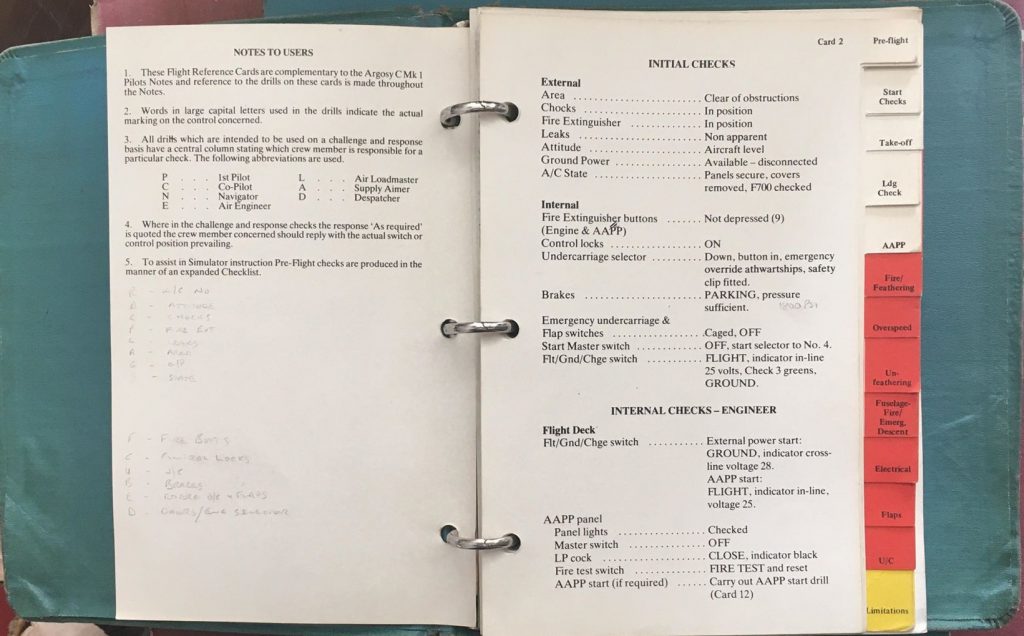
MEng Bateson’s magnificent achievement was to be the last in the long line of cockpit trainers built by the branch. The advent of the Health and Safety at Work Act and the implementation of stringent safety regulations, together with the rapid advance of digital technology, made such projects no longer practical or allowable. In modern times, all such training aids must be procured from industry at great expense. Fittingly, as a lasting tribute not only to Tony Bateson’s ingenuity but also to those who have been involved in similar projects over the years, the Argosy Flight Deck Trainer is now exhibited at the Newark Air Museum.
